Chicago Children’s Museum stands in opposition to racism, injustice, and inequality.
We have been and will continue to be public and vocal about our beliefs and our actions. This is a powerful moment for all of us to talk with our children about race, racial injustice, and economic inequity. To do so will be planting the seeds to eradicate all racism—systemic and institutional.
Below are ways you can make this happen in your home and with your children.
Talking About Racism, Diversity, and Prejudice: A Guide for Caregivers
These tips are best for children four-years-old and older, but some of the advice below may prove helpful with even younger children.
1. Use language and situations children know.
Fairness is an idea children understand very early. The pain of being excluded is something children can easily understand, and have likely experienced or witnessed. Talking about these situations and encouraging children to empathize with their peers who are treated unfairly provides an early path towards understanding the damage that is done by prejudice and discrimination.
2. Be a trusted listener and a "reality check" for your child.
As children figure out who they are in relation to others around them—who to trust, who to connect with—they also begin to notice differences. As part of this process, children often try to generalize by grouping people and voicing opinions like, "Boys can't sing." If children pick up snippets from the news and other messages around them, these views can become more intense: "Police shoot people."
These are critical moments for parents and caregivers to listen and respond. When children feel free to share their thoughts, theories, and prejudices with you, model how to re- evaluate stereotypes or snap judgments and help them come to fairer conclusions.
3. Broaden children's direct experiences with diversity.
We figure out the world from the examples that come our way. Expose your children to rich experiences and diverse people from an early age. Find activities, toys, books, and movies that represent and include people from a variety of backgrounds.
4. Be aware of your own struggles and monitor the messages you give your child.
No one is perfect. We all have moments of fear and misunderstandings about other people. Children hear what we say; they take it all in. Avoid speaking in generalizations about other groups of people and question others when they do so. If and when you do speak unfairly about a person or group, openly acknowledge your mistake and talk about it.
5. Strike a balance between respecting authority and rules—and questioning them.
The reality is that some things simply aren’t fair—and it’s okay for children to ask why. In fact, children have a built-in fairness barometer (just ask the kid who got the smaller scoop of ice cream). As parents and caregivers, we should strive to teach our children about rules and fairness in ways that make it safe to express injustice and question authority. It’s never too early to teach your little ones about the power of civic engagement—involve them in making signs, petitioning, and other safe ways we explore our democracy and express our dissent as Americans.
6. Continue the conversation.
Talking about prejudice and discrimination is not something we can check off our lists. It is an ongoing conversation. Children (and adults, for that matter) continue to uncover new learning and discoveries about interpersonal relationships. You can help children come to see the world through a lens of compassion and kindness, despite disagreements with classmates and friends and injustices they may encounter.

